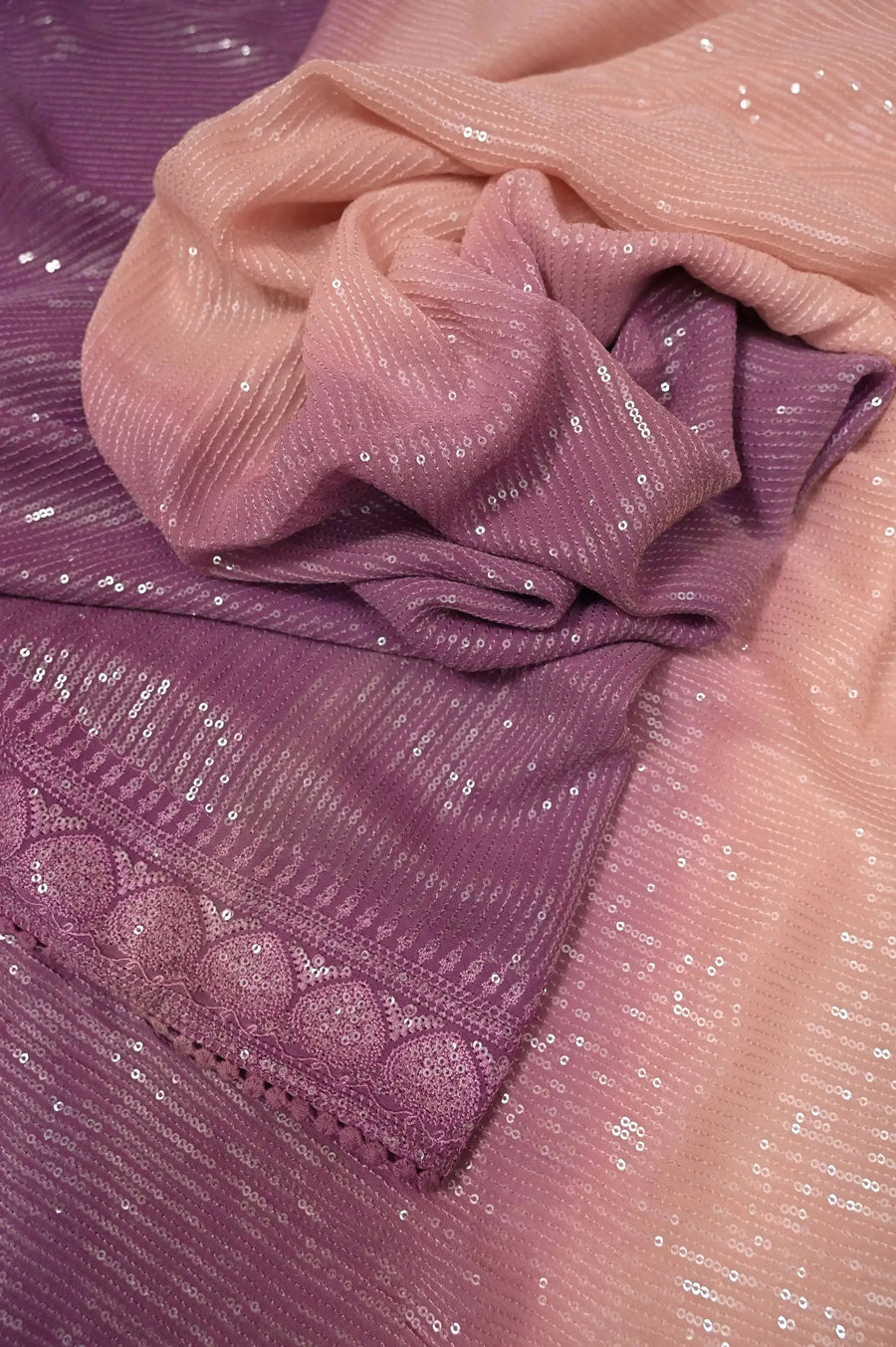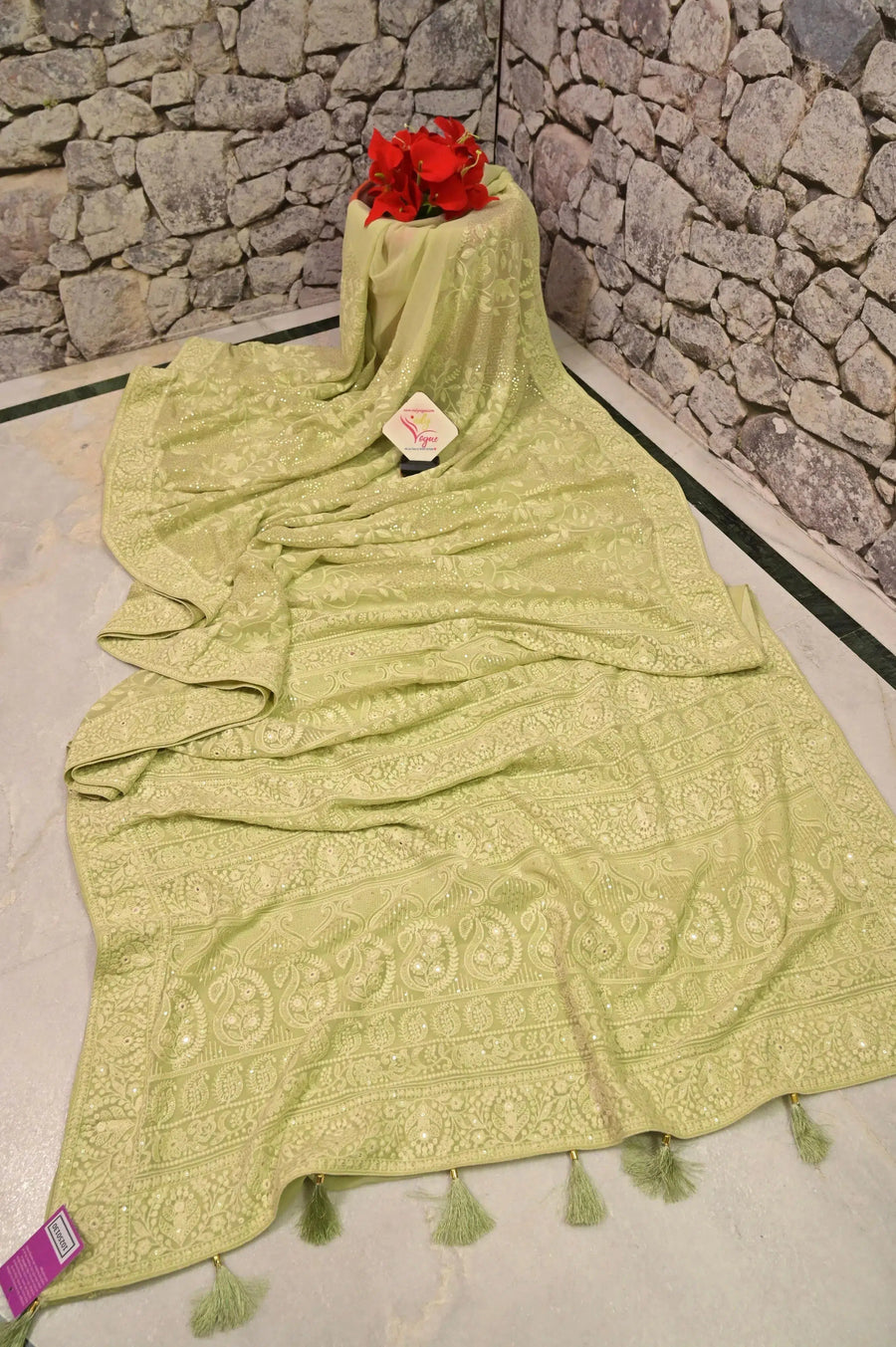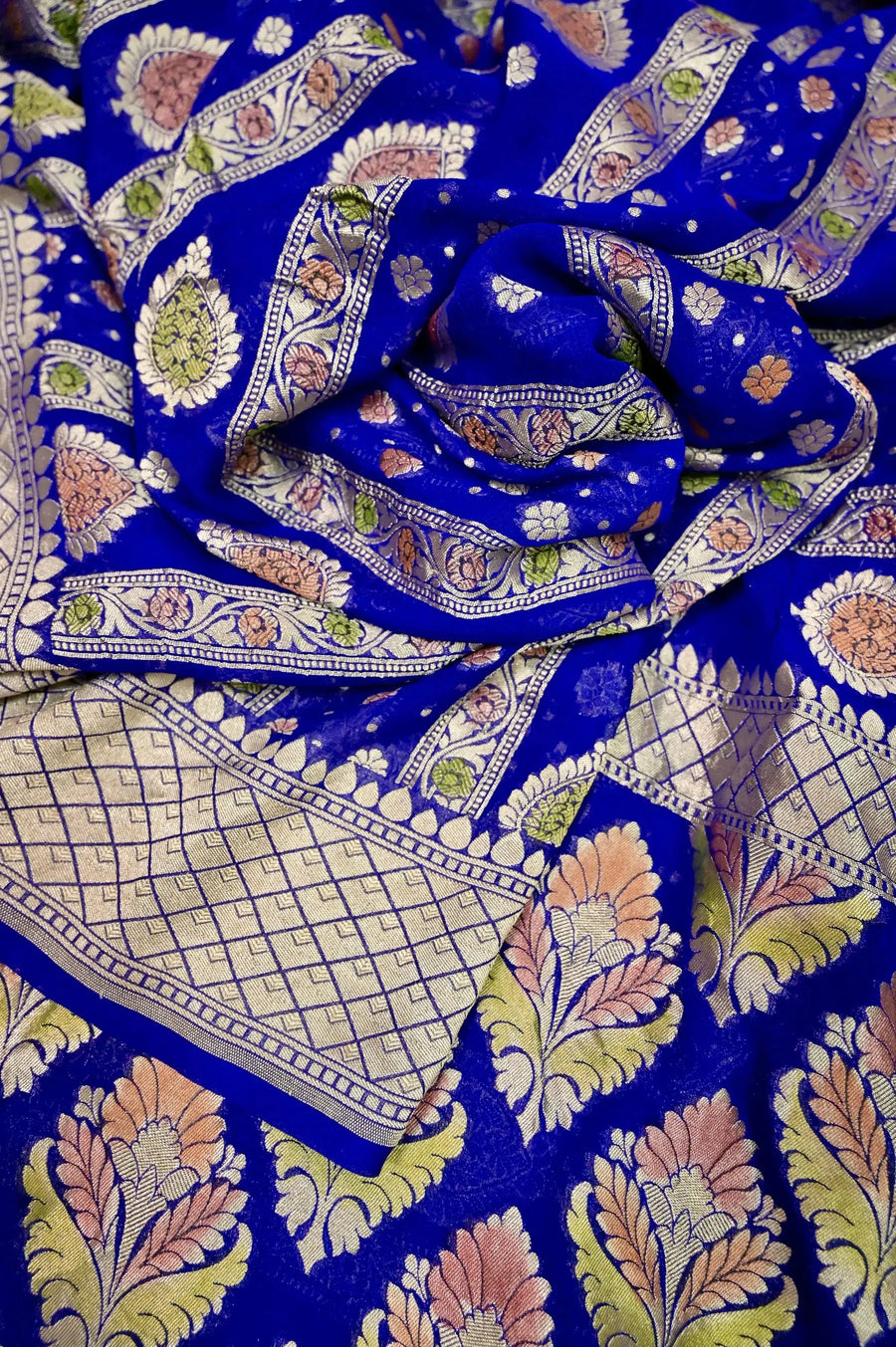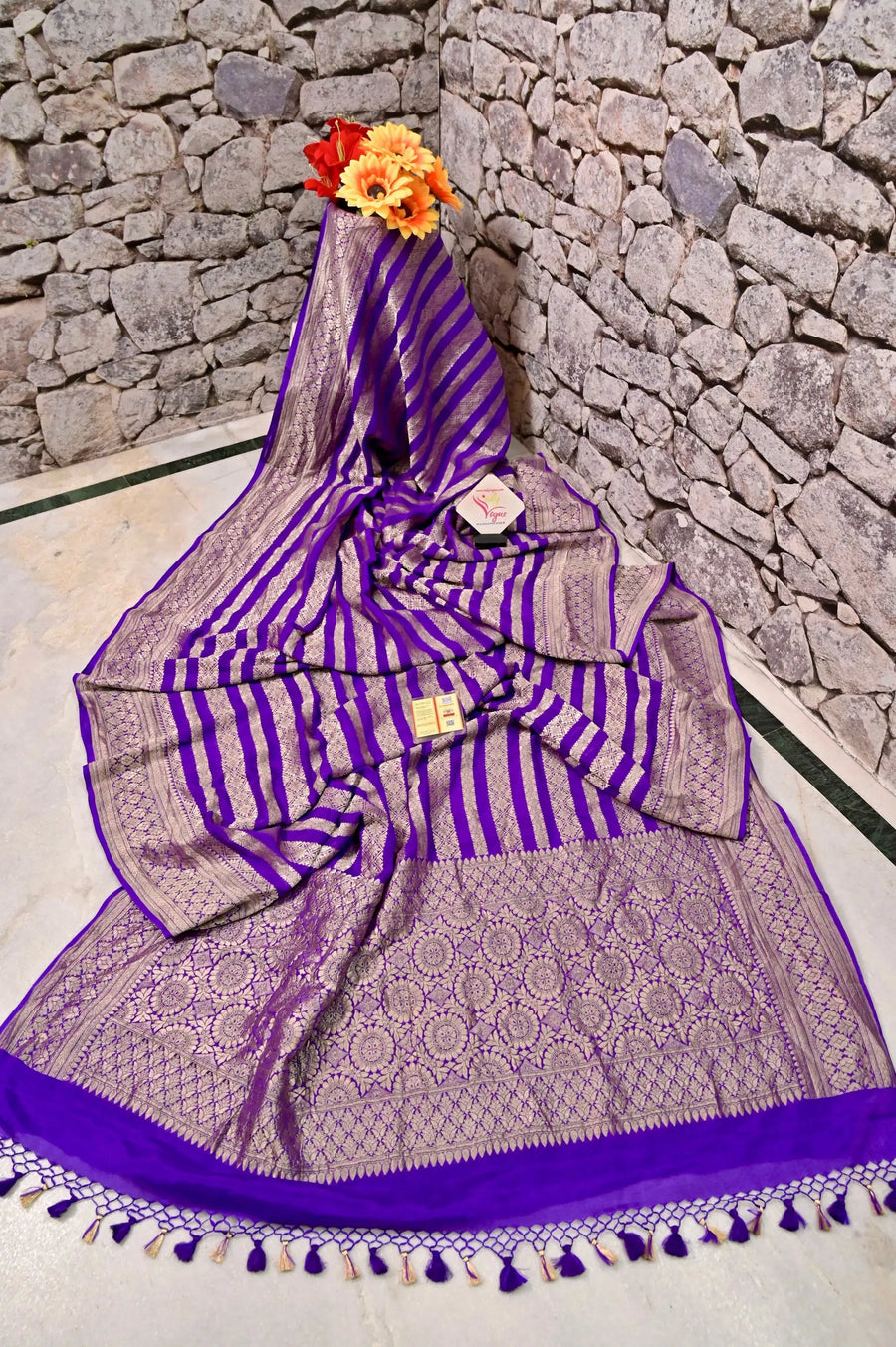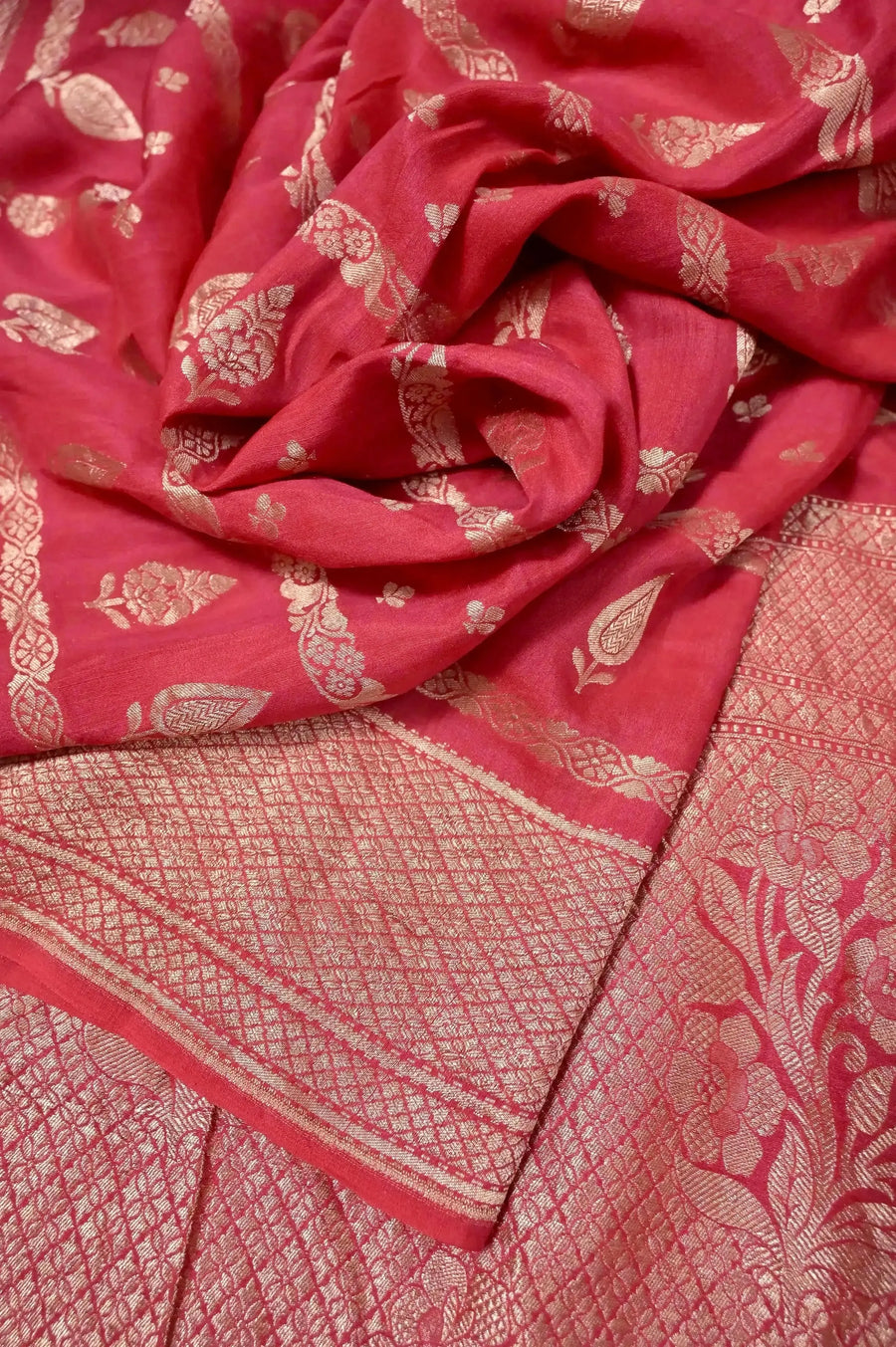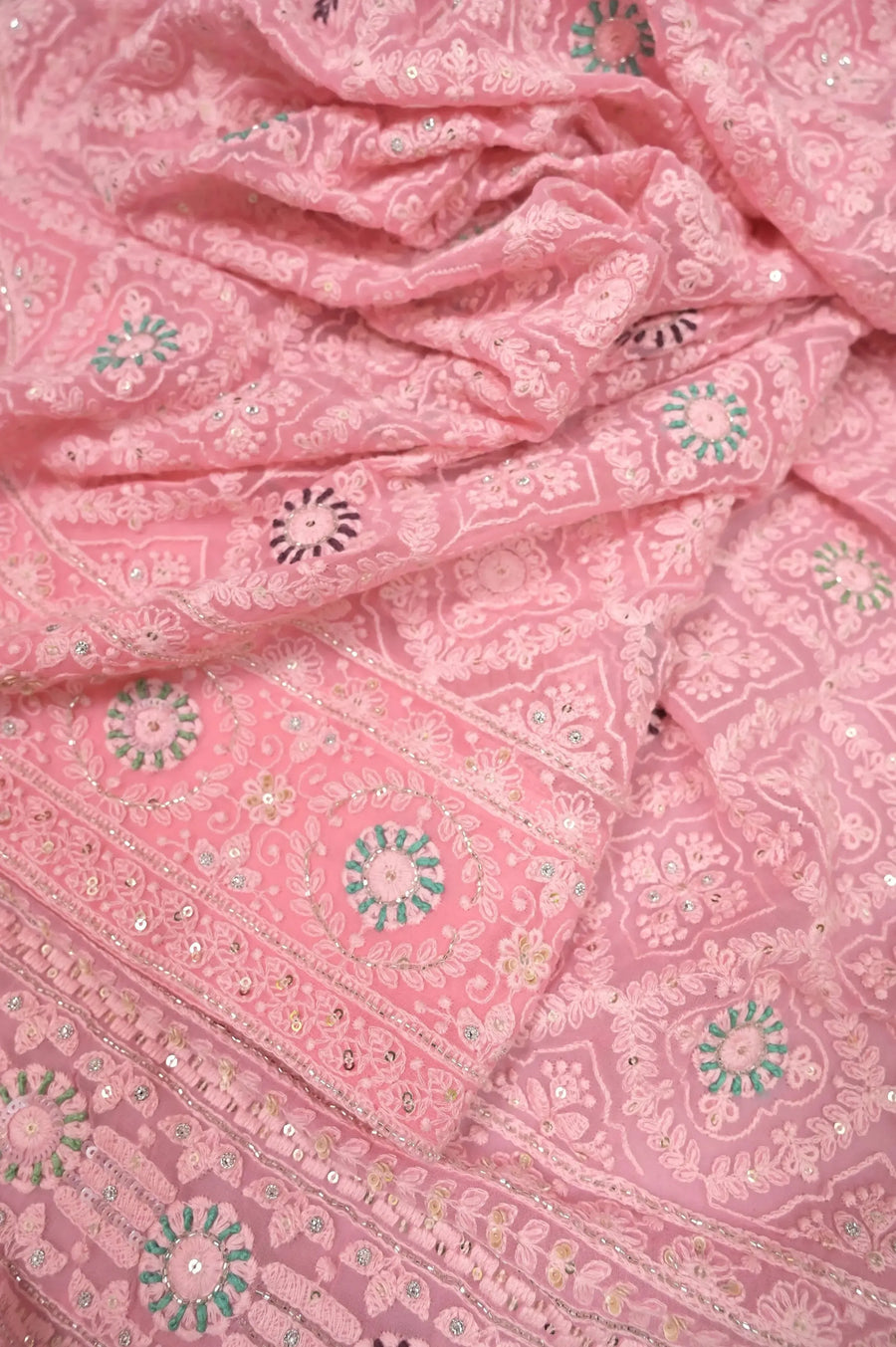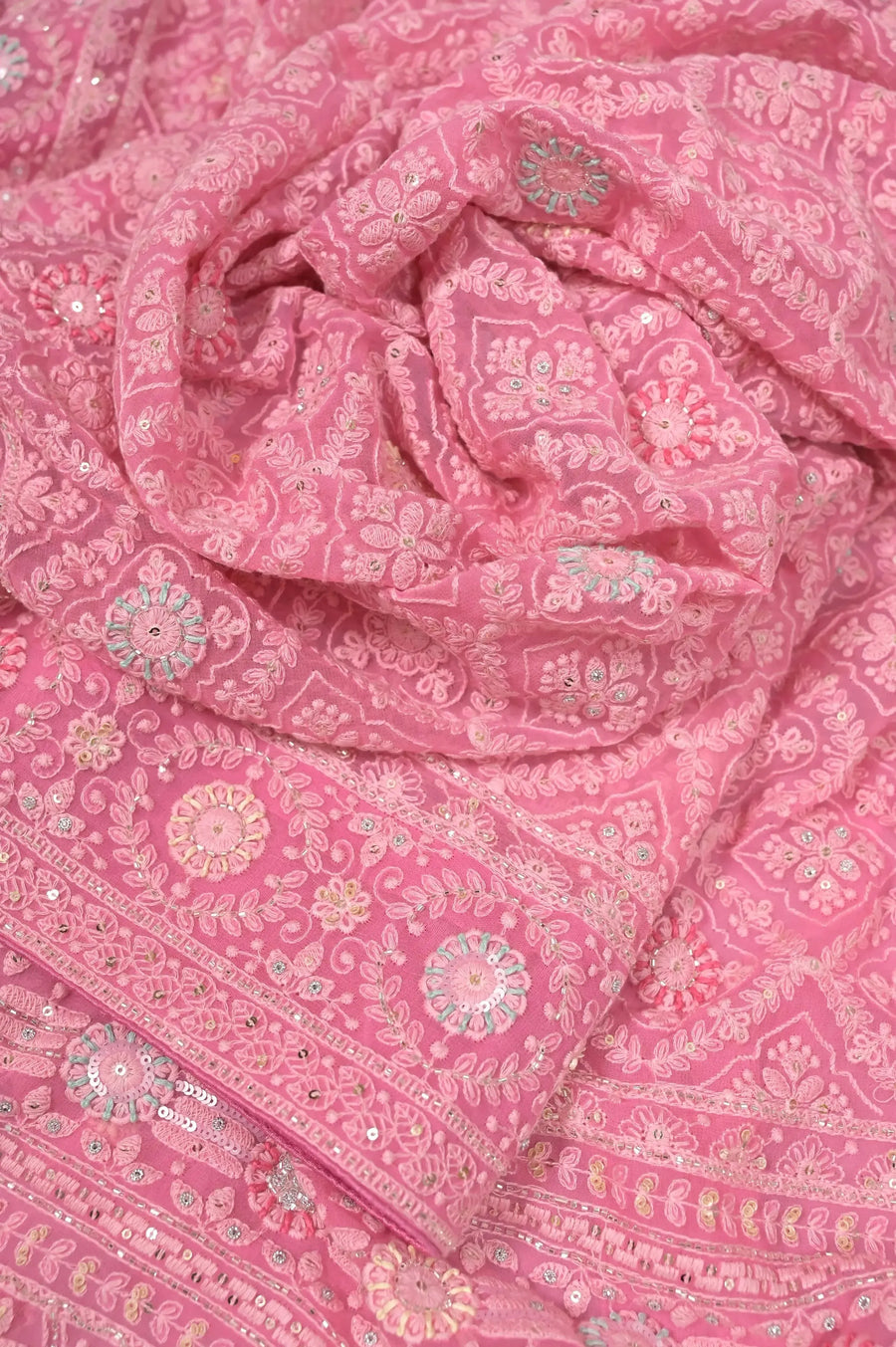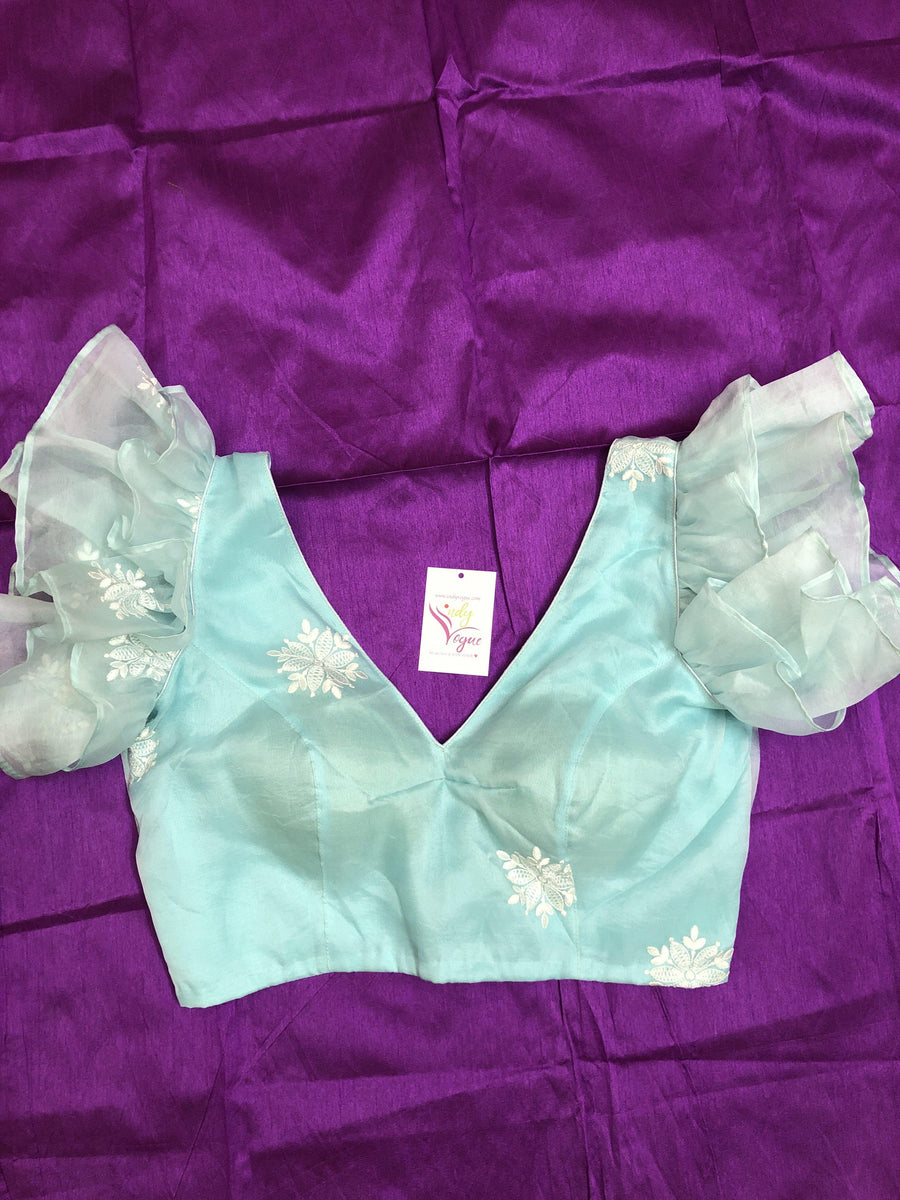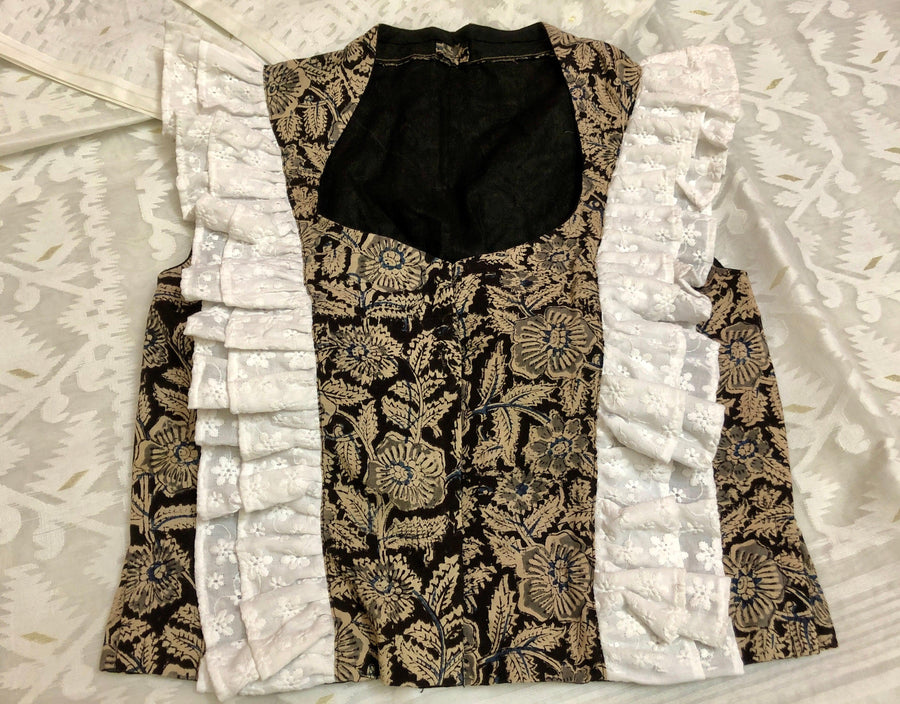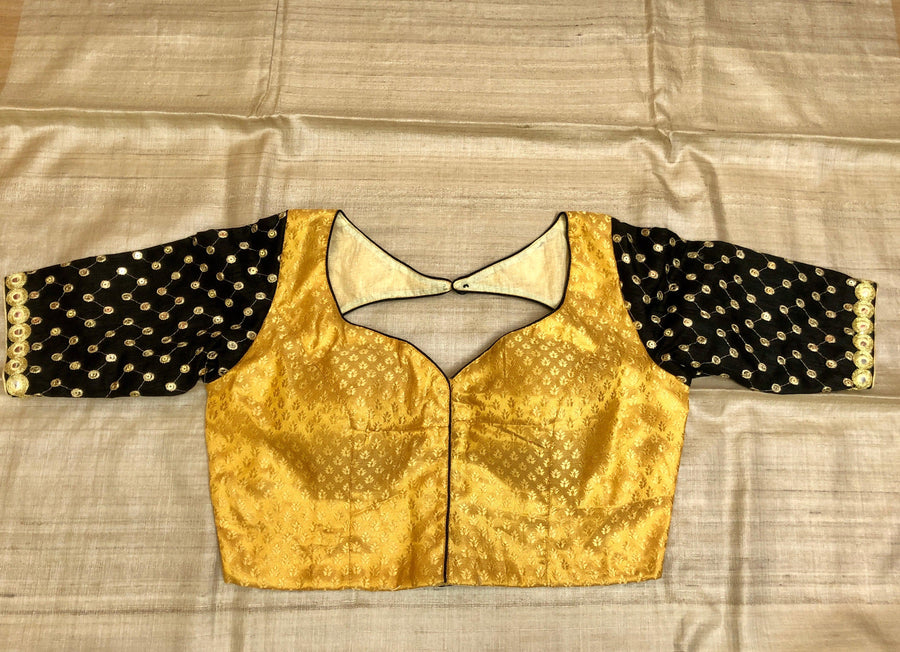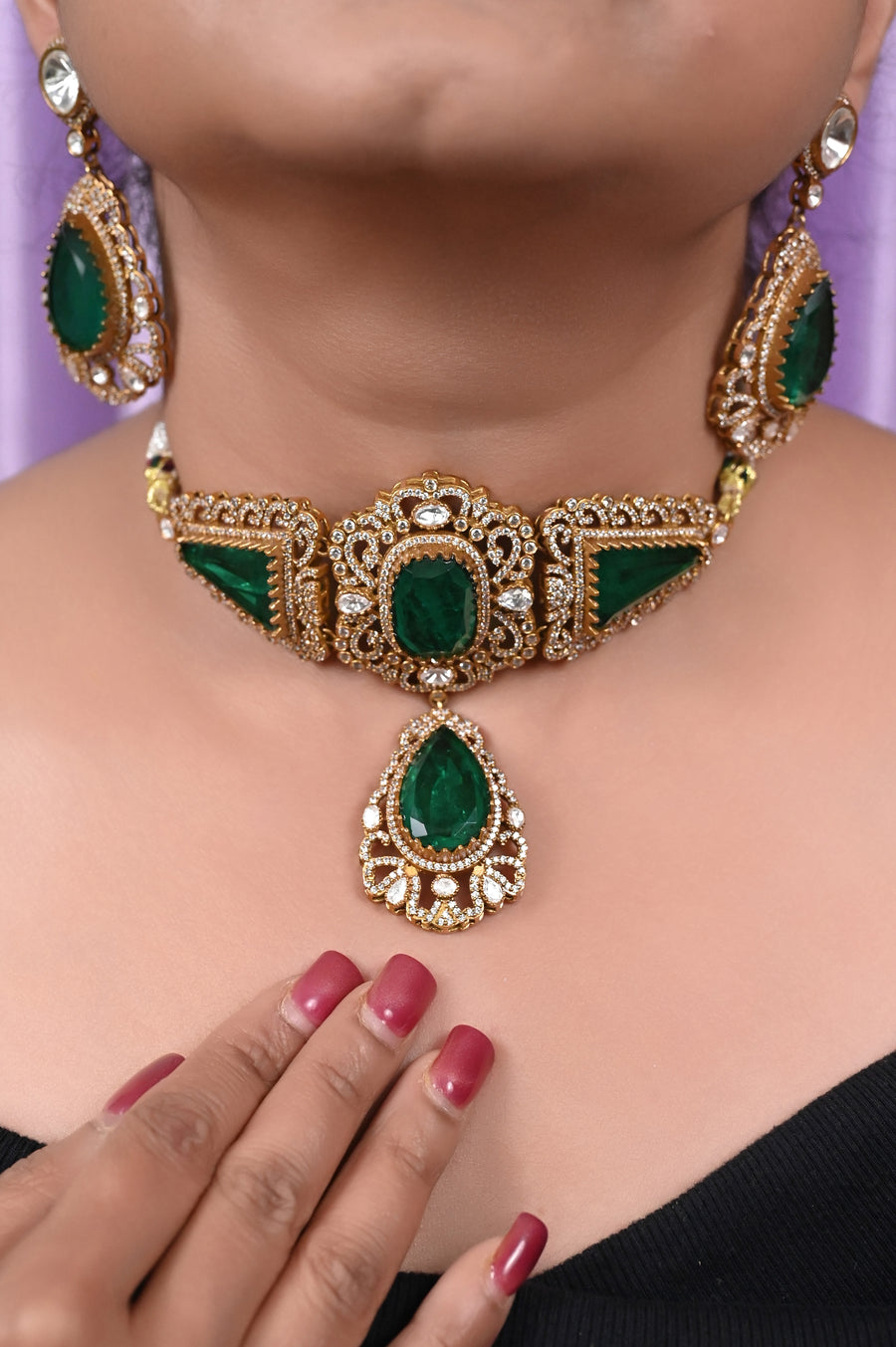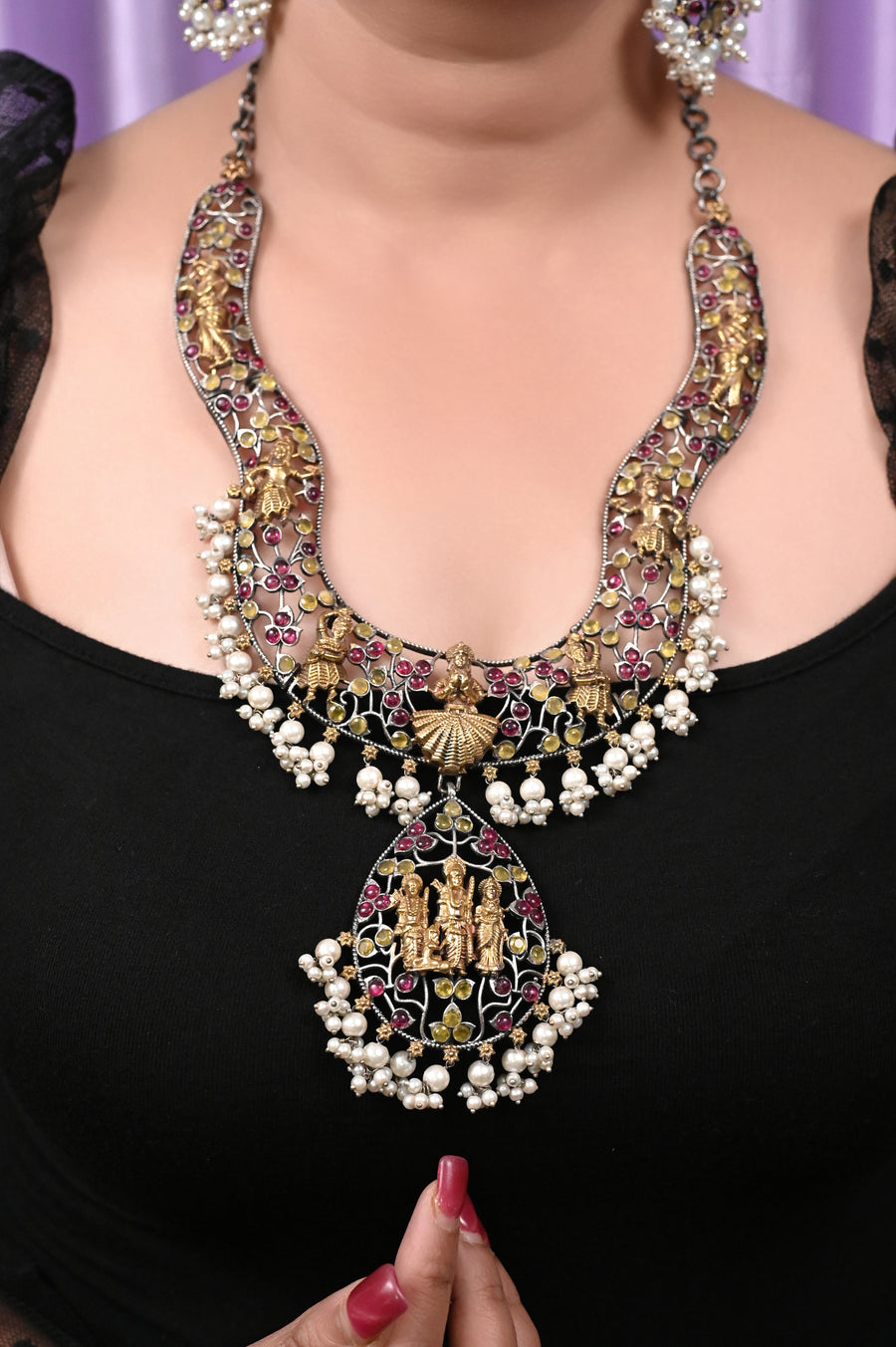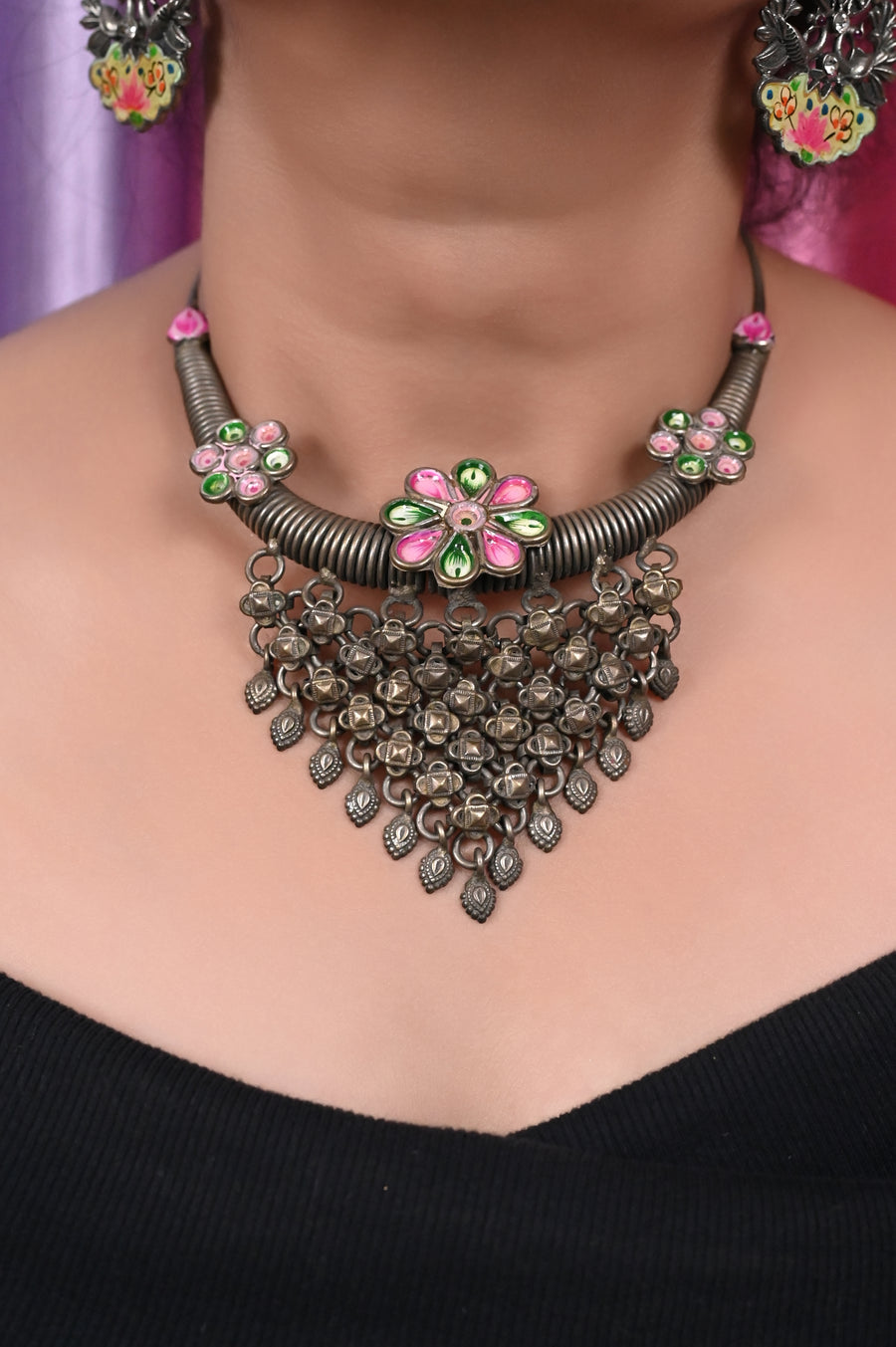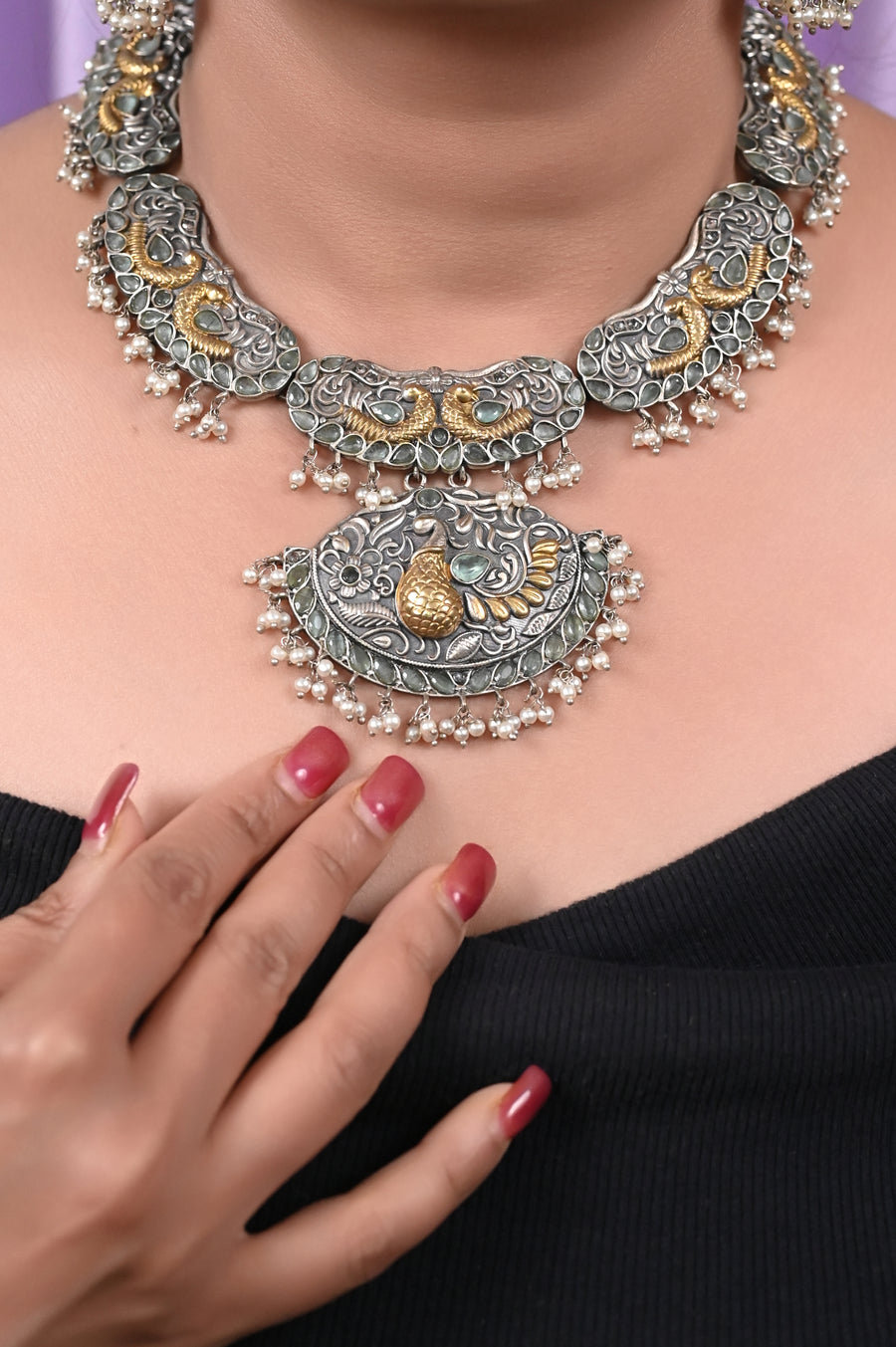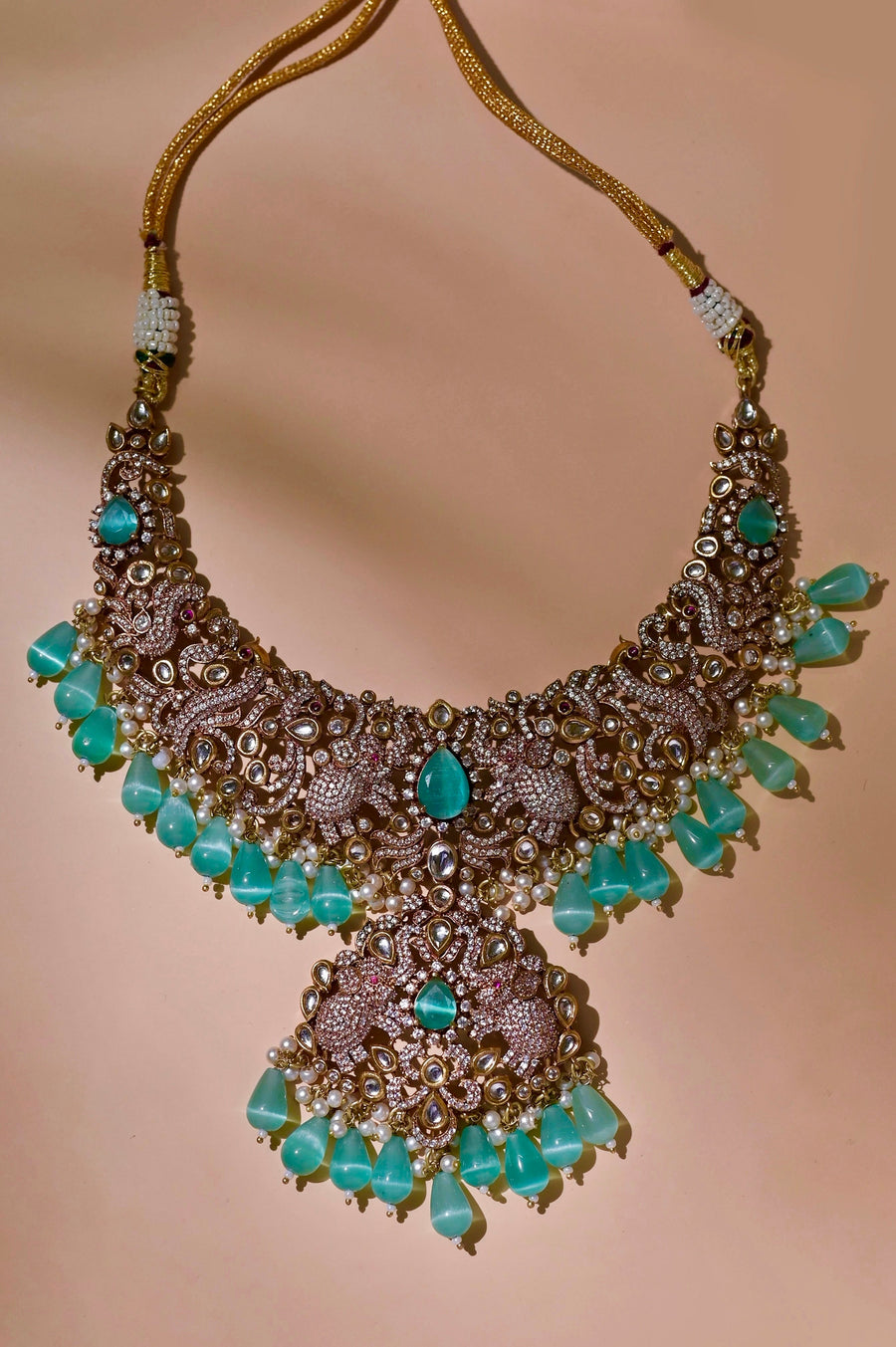Thakurbarir Saree Fashion: Remembering Jnanadanandini Devi - The Saree Maverick
Did you know that there is a special day dedicated to celebrating the beauty and elegance of sarees? And it's on December 22. No, sitting in the hot month of May I am not going to talk about the cold December. It is something different story to tell. On the eve of 25-she Boisakh, the birth anniversary of Rabindranath Tagore, let me take you on the journey of Thakurbarir Saree Stories - a culture so pure, untouched, and dignified.
Thanks to Rabindranath Tagore's sister-in-law Jnanadanandini Devi - just like so many things that the Tagore family introduced to the Bengali culture, wearing the saree with petticoat and blouse is also introduced by them. The fashion sense and ethics of the Tagore family simply cannot go unnoticed.




